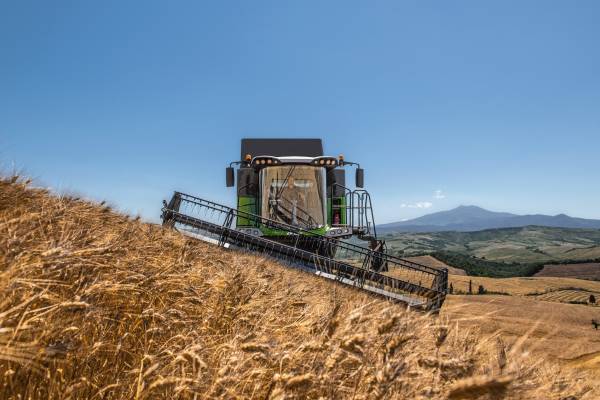During 2022, the Italian agricultural machinery market should maintain good levels, also due to the presence of incentives and financing. On the industrial front, however, the cost of raw materials and energy is likely to curb production and substantially increase machinery prices.
Demand for agricultural machinery in Italy is expected to remain high in 2022, but the cost of industrial materials is threatening the production capacity of manufacturers. The scenario was described this afternoon in Verona, at the press conference of FederUnacoma, the association of manufacturers belonging to Confindustria.
The agricultural machinery and equipment market can take advantage of multiple and cumulative public incentives – said FederUnacoma president Alessandro Malavolti at the conference – and this should encourage investment by leading companies. In the same year, tax credits for 4.0, funding for RDPs, the Sabatini Law, the ISI-Inail call for tenders and the NRRP will be available.
The 4.0 will be financed for 2022 according to the same parameters as last year – explained Malavolti – with tax credit at 40% of the cost for investments up to 2.5 million euro, and credit at 20% and 10% respectively for investment bands up to 10 and up to 20 million euro. As regards the RDPs (Rural Development Plans), 2022 will benefit from additional resources, pending the start of the new seven-year period in 2023, which will see the transition from the current regional management to centralised management at the national level, with greater efficiency in the administration of resources.
The Sabatini Law for bank financing of capital goods, the ISI-Inail call for tenders for the purchase of vehicles with high safety standards and the National Recovery and Resilience Plan, which should become fully operational, complete the range of opportunities for the agro-mechanical sector. While the agricultural sector seems to be well supported for the purchase of equipment – this was pointed out during the conference – it is the industrial part that shows strong critical issues, which put at risk the ability to meet demand. Industrial production costs are rising dramatically, both for materials and energy. Industrial commodity prices reached their highest increase in 25 years in May (+114%), and then fell back slightly, although prices are still very high.
Looking at some commodities, in the period April 2020-December 2021, there were increases of 89% for copper, 85% for aluminium, 38% for iron. With regard to energy supplies, the price index was already growing strongly before the crisis in Ukraine: in December 2021 +90% compared to January, and +1,050% compared to April 2020. Looking at individual items, natural gas grew from April 2020 to December 2021 by 1,692% (and threatens to grow even more substantially as a result of the crisis with Russia), while Brent crude increased by 218%, and coal by 152%.
Never before has it been as evident as it is now – said Malavolti – that the economy, even in an era of globalisation of markets and supplies, depends on the geographical location of resources and the configuration of trade routes. In the current landscape, it must be noted that the production of raw materials is managed by a few supplier countries: the European Union has to import 98% of rare earths from China, 87% of lithium from Australia, 71% of platinum from South America.
Overall, China is now the European Union’s leading supplier of critical raw materials, while the problem of gas supplies, which is largely dependent on Russia, has emerged in all its gravity in recent days. It is a situation that weighs on all industrial sectors – concluded Malavolti – but which particularly threatens the mechanical engineering industry, which uses ferrous materials and polymers in a pre-eminent way.








